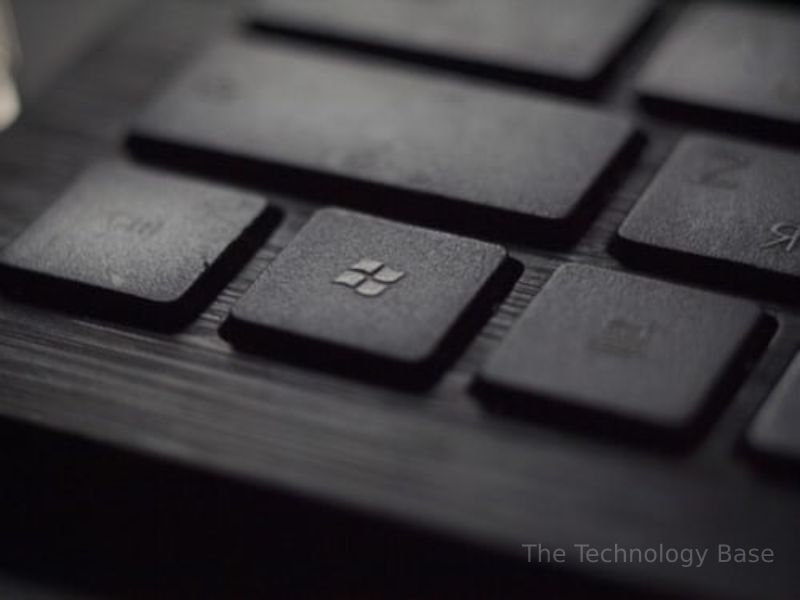How to Fix issue WMI Provider Host High CPU

Keyboard
WMI is a Windows management instrumentation service that is a part of Windows host management components. This process main functionality is to monitor. In fact it will monitor facilitate instrumental components, command line and scripting environments like Windows Powershell, & vbscript. We will discuss the reasons why the WMI Provider Host service consumes higher CPU usage and how to fix it.
Table of Contents
Solution 1: run the performance troubleshooter
The Windows troubleshooter helps you diagnose various system problems, including high CPU usage caused by WMI. In fact use it to automatically fix the problem.
- Press Win key + X, select Windows PowerShell (Admin).
- Now enter the following command:
- msdt.exe / id Performance Diagnostic
- Hit enter.
- This will open the performance troubleshooting wizard.
- Click on Next.
Solution 2: delete the corrupted cache
One of the top reasons for the high CPU of the WMI provider host is the corrupted cache. Windows Host Management Service uses the temporary cache to store data and retrieve it later. The reasons are unexpected shutdowns, temporary files get corrupted. This can cause the WMI service to malfunction. Clear the contents of your system cache as described in:
- Download and install the ST Cleaner software.
- Run the program.
- Click the Scan button.
- The program will scan your computer for temporary files, system cache, temporary internet files, browser cache, unwanted software, etc.
- Now review the items and click Clean Now.
Solution 3: Restart the WMI helper processes
WMI is not a one-size-fits-all process. Moreover many helper processes run asynchronously for proper WMI functionality. Stop all WMI helper processes and restart them.
Click the Start button, type CMD.
Right, Command Prompt as administrator.
Run the commands below to stop the processes associated with the WMI provider:
- shutdown iphlpsvc
- stop Winmgmt
- stop wscsvc
- follow the commands to restart them.
- net start iphlpsvc
- start Winmgmt
- start wscsvc
Also Read: Top 10 Mac Apps For 2021
Solution 4: track resource-consuming WMI processes
Other way to correct the high CPU usage of the WMI provider host is to track consuming resources using Event Viewer. In fact the Event Viewer allows you to view, monitor, and manage error logs for system diagnostic purposes.
- Type Event Viewer in the search box on the taskbar and open Event Viewer.
- Click the View menu and select View Analysis and Debug Logs.
- Expand following nodes in the left pane :
- Application and Service Logs | Microsoft | Windows | WMI Activity
- Check for error messages logged by Windows Management Instrumentation activity.
- Next, find the client process ID for recent error messages. To find the client’s process ID, select and highlight an error message. So that event Viewer will display more information about the error in the General tab below. Find the customer’s process ID.
- Press Ctrl + Alt + Del and select Task Manager.
- Expand Following Task Manager interface by clicking the Show details icon.
- Click on the Services tab.
- Here all processes will appear by name, PID (Process ID), status and group. PID is our client process ID.
- Find a service that matches the same client process ID (or just the process ID). This is the process that causes excessive CPU usage.
- Find the program associated with this process in the description. If no information is stated, right-click the service and select Open Services.
- Uninstall the program from Start> Settings> Applications.
Solution 5: Disable third-party startups
- The factor contributing to high CPU usage by WMI is problematic third-party starts. Moreover try temporarily disabling all third-party startup items to see if that fixes the problem.
- Open the Task Manager.
- Click on the Startup tab.
- Identify the program related with the high-resource consuming Process ID.
- Right-click it and select the Disable option.
Solution 6: Boot into safe mode
Moreover other approach is to start your Windows PC in safe mode. Now enter OS in safe mode. However Causes and effects third-party startup items and services will not running. So that only vital Windows components and minimal drivers are loaded.
- Go to the Start button, select Settings.
- Click Update & Security, then click Recovery.
- Click the Restart Now button in Advanced startup.
- Your computer will restart to choose a display option.
- Select the troubleshooting icon.
- Click Advanced Options, Go to Startup Settings.
- Select Restart.
- After your computer restarts, a list of startup options will appear. Select 5 for Safe Mode with Networking.
- So that your computer will start in safe mode.
Solution 7: Disable WMI Completely
However temporarily disabling the Windows Management Instrumentation service completely. Moreover it can help you determine if the problem persists. The steps are as follows:
- Press Windows + X keys.
- Select the Run option.
- Type text “services.msc” in the box and ENTER.
- In the Services dialog, search for Windows Management Instrumentation.
- Right-click on this service and select Properties.
- Set the Startup Type to Disabled.
- Click OK.
- Restart computer for the variations to take effect.
Conclusion:
In conclusion with the given solutions, one can fix wmi provider host issue.




